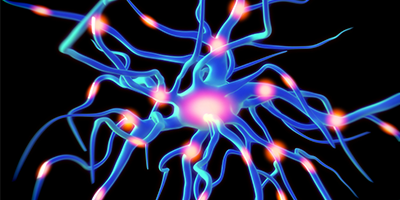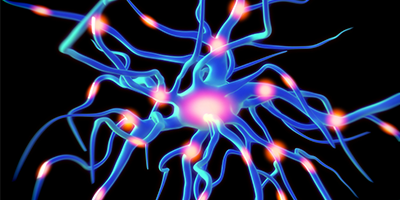Nerve Pulses Pass by Each Other
Nerve pulses govern intracellular communication, allowing an organism’s billions or trillions of cells to work in concert. In large neuronal networks such pulses—also known as action potentials—can occasionally travel from opposite ends of a neuron and collide. Since in a neuron an action potential is followed by a “refractory period” (in which the neuron is not excitable), a long-standing assumption was that a collision between neurons results in the annihilation of the pulses. But new results from a team at the University of Copenhagen, Denmark, reveal that colliding nerve pulses can pass through each other without experiencing major perturbations.
In the 1940s, a study of the propagation of nerve pulses in frogs seemed to provide evidence for such annihilation. However, these results have not been reproduced ever since. Thomas Heimburg and his collaborators have investigated the propagation of nerve pulses in ventral nerve cords of earthworms and lobsters. The researchers stimulated the nerve fibers with electrodes and then recorded the potential difference after the nerve pulses collided. The results revealed that neither myelinated fibers (from earthworms) nor unmyelinated fibers (from lobsters) showed changes in the shape or velocity of the pulses after collision, implying that action potentials do not annihilate in either of the two fundamental types of nerve fibers.
These results are not consistent with expectations from the established Hodgkin-Huxley model that describes nerve pulse propagation. But the findings, argue the authors, could be explained if nerve pulses are “electromechanical” waves: it is their mechanical component that allows them to continue to propagate after a collision.
This research is published in Physical Review X
–Katherine Kornei





